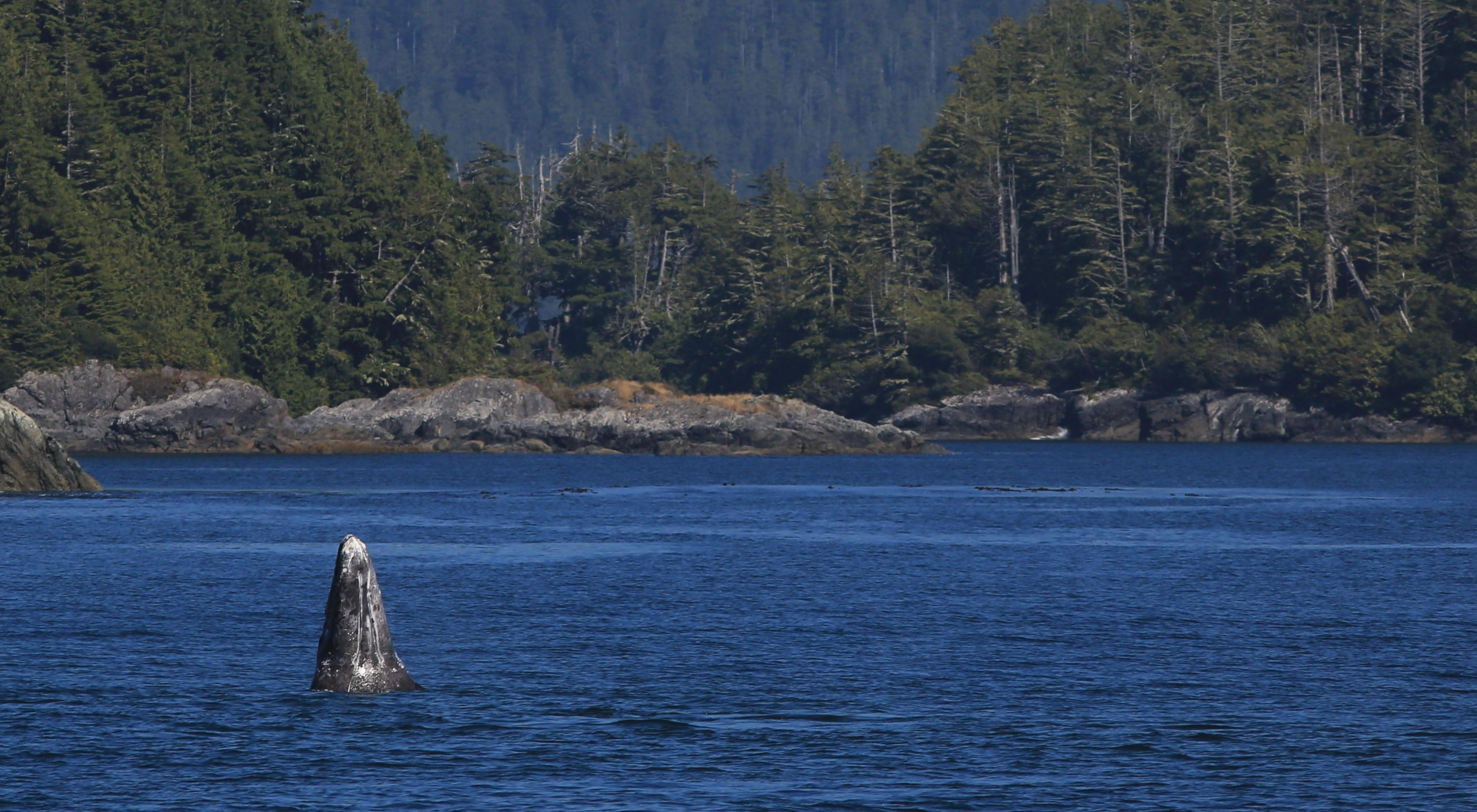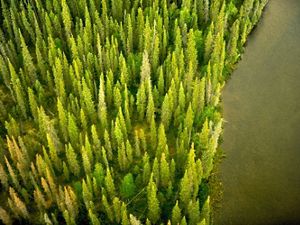Bridging the Gap in Conservation Financing
The international market for innovative conservation funding is growing rapidly.
In 2010, nearly 200 of the world’s nations developed a set of global conservation goals known as the Aichi Targets. These targets aim to protect the world’s land, waters, and species – and ultimately, wellbeing for all life on Earth.
To contribute to the Aichi Targets, Canada adopted its own goals. Among those goals is Target 1, which states: “By 2020, at least 17% of terrestrial areas and inland water, and 10% of marine and coastal areas of Canada are conserved through networks of protected areas and other effective area-based measures.”
Recently, Canada’s federal government showed its commitment to meeting conservation goals in Budget 2018, which allocated an unprecedented $1.3 billion to conserve land, water, and wildlife, and outlined a new model for collaborative funding that brings together Indigenous leadership local communities, and a host of other partners.
Although this new funding commitment is a tremendously positive step, we expect that attaining Target 1 will require additional, complementary strategies, including the use of capital markets. While relatively new in Canada, the international market for innovative conservation funding is growing rapidly.
Nature United's “A Blueprint for Action” examines the future of conservation finance and proposes a set of concrete steps to further explore and develop funding opportunities.




